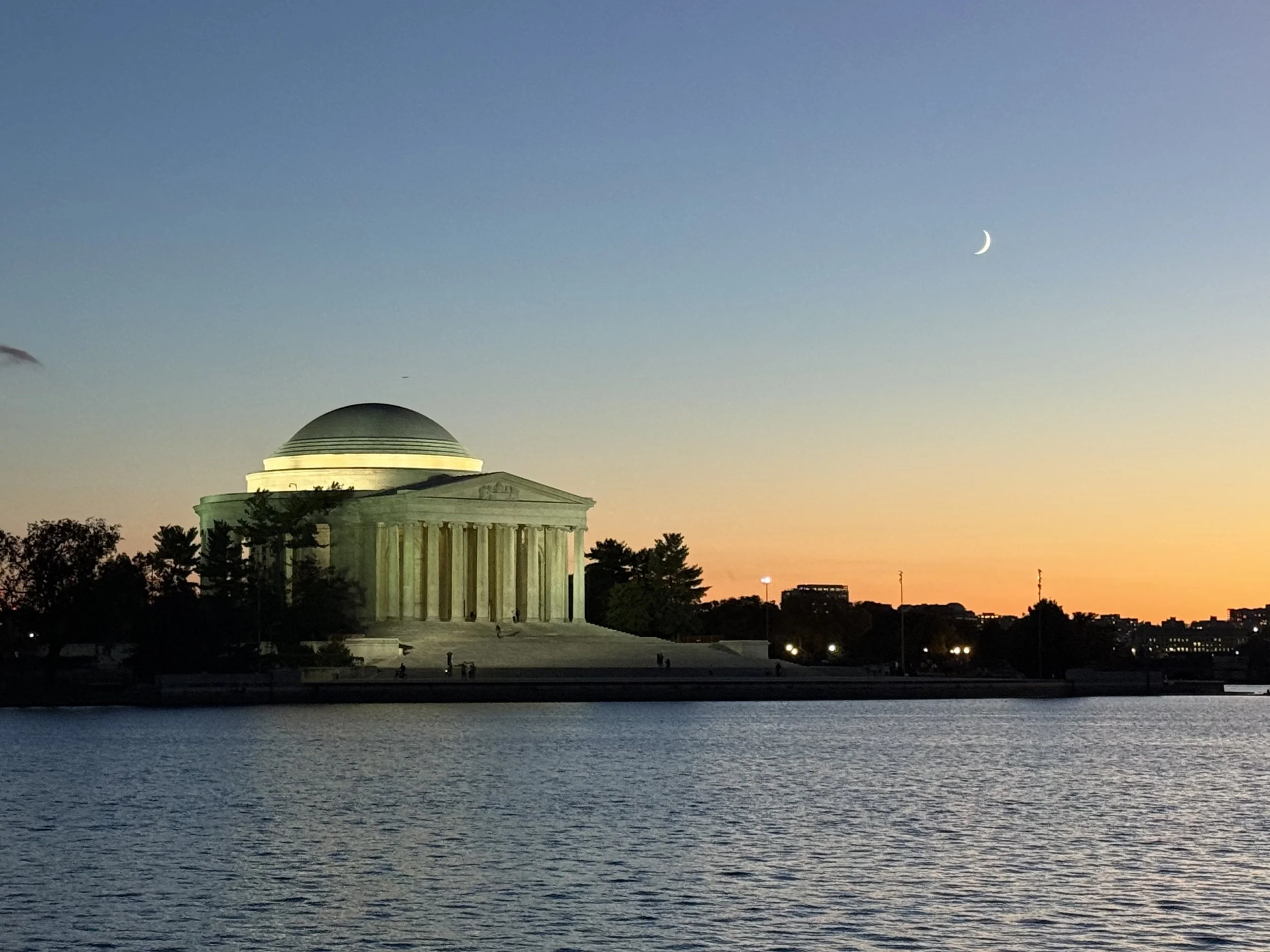Appealing Wetland Determinations: The Hawkes Decision
/Many farmers have been there: a state or federal governmental body says that you have protected wetlands on your property. You can't farm that land. You can't take down the tree line dividing your field. Damage or fill in that wetland and you could be subject to criminal and civil penalties. So what is a farmer to do if he thinks the government is wrong, and his land is not a wetland?
First, there are two separate wetland determinations a person can receive. Under the Clean Water Act (CWA), the U.S. Army Corps of Engineers (USACE) provides wetlands determinations. In short, a person generally can't fill in wetlands with dirt, rocks, or other material. Under the federal Swampbuster program (part of the Food Security Act), the Natural Resources Conservation Service (NRCS) makes the wetland determination. These two determinations -- from the USACE and NRCS -- are not interchangeable. Even though they are both from a division of the federal government, the results may be different. A determination from the USACE cannot be substituted for a determination from the NRCS. If you get a determination from one entity, get a separate determination from the other. If the USACE decides you've got wetlands, generally you'd need a permit to legally discharge materials into the wetland.
But what if you don't agree with the determination? Obtaining a permit is expensive. A general permit takes, on average, 313 days and costs $28,915. A specialized permit takes about 788 days and costs $271,596. Luckily, you have appellate rights. The USACE provides two types of determinations: preliminary wetland determinations (you may have a wetland); and approved wetland determinations (you do have a wetland). An approved determination remains valid for five years.
Our Supreme Court recently clarified that an approved wetland determination is a final agency action that can be appealed to a federal district court. A person does not have to apply for and receive a permit to discharge before filing an appeal. The case is USACE v. Hawkes, 136 S. Ct. 1807 (May 31, 2016). Based on the real-world consequences for those who disagree with a wetland determination (the cost and time it takes to obtain a permit, the potential civil and criminal penalties for violating the Clean Water Act), the Court determined an approved determination is sufficiently final to give a person the right to appeal it. This was a unanimous 8-0 decision (remember Scalia's seat is still vacant).
I expect the recent Hawkes decision to generate more appeals of federal wetlands determinations. The current definition of covered waters or wetlands is unclear, and it likely will continue to change in the future as our courts grapple with the meaning of "waters of the US." If you receive a wetland determination on your land, consider all your options -- including appeal -- before moving forward. Contact an attorney if you have questions.
Two takeaways from this article?
- Always obtain wetland determinations from both the NRCS and the USACE. The determinations are not interchangeable and may, in fact, show different acreage of wetlands. Don't rely on the USACE determination to satisfy the NRCS, and vice versa.
- The Supreme Court has made it clear approved wetland determinations are final agency actions and are subject to appeal. This means there is no need to wait out a long, expensive permit process before challenging a wetland determination. File the appeal in the local district court.





